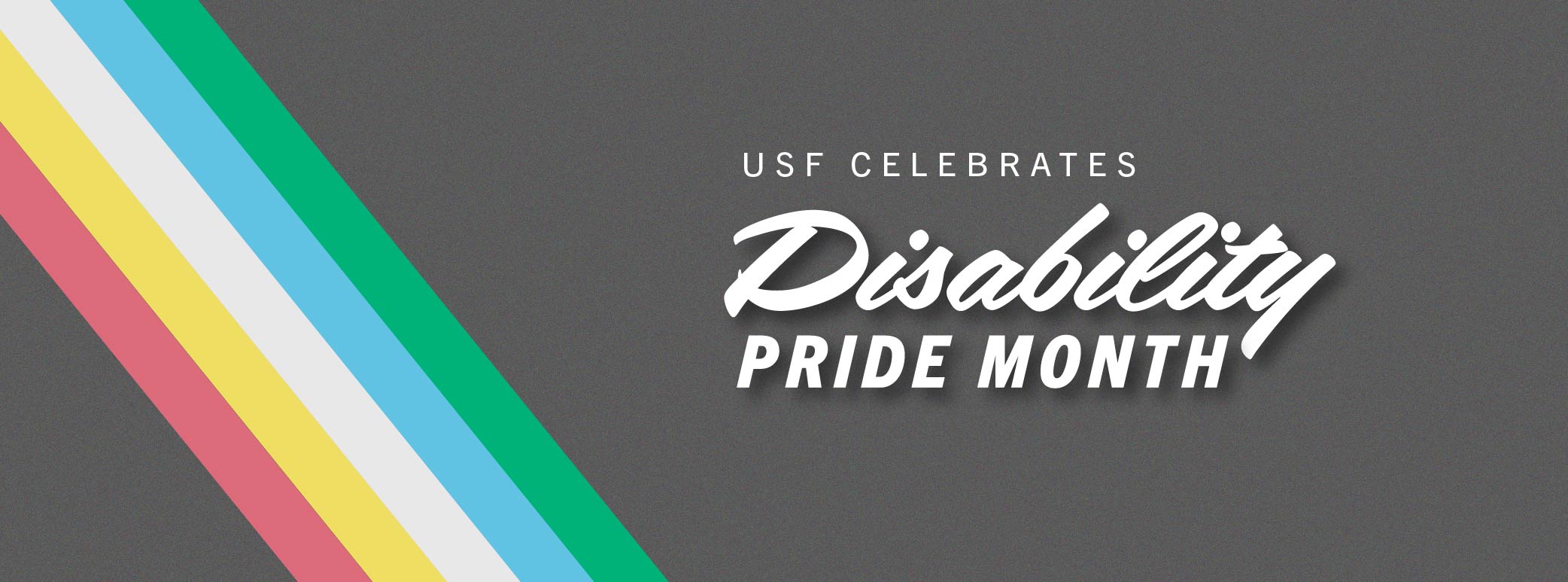Resources
Disability Pride Month

Disability Pride Month occurs in July to recognize the enactment of the Americans with Disabilities Act (ADA) on July 26, 1990.
The Americans with Disabilities Act (ADA) was signed by President George H.W. Bush
on July 26, 1990. It was a landmark law that prohibited discrimination against people
with disabilities.
This same year, Boston held the first Disability Pride Day.
The ADA protects the rights of individuals in several areas such as employment, transportation,
public accommodations, and access to state and local governments’ services.
Disability Pride Month Flag
The artwork above is based on the Disability Pride Flag designed by Ann Magill, a disabled woman. She sought feedback within the disabled community to refine its visual elements. The elements have the following meanings:
- The Black Field: This field represents the disabled people who have lost their lives due not only to their illness, but also to negligence, suicide and eugenics.
- The Five Colors: Each color on this flag represents a different aspect of disability or impairment.
- Red: physical disabilities
- Yellow: cognitive and intellectual disabilities
- White: invisible and undiagnosed disabilities
- Blue: mental illness
- Green: sensory perception disabilities
- The Parallel Stripes: Solidarity within the Disability Community and all its differences.
- The Diagonal Band: “Cutting across” barriers that separate disabled people; creativity and light cutting through the darkness